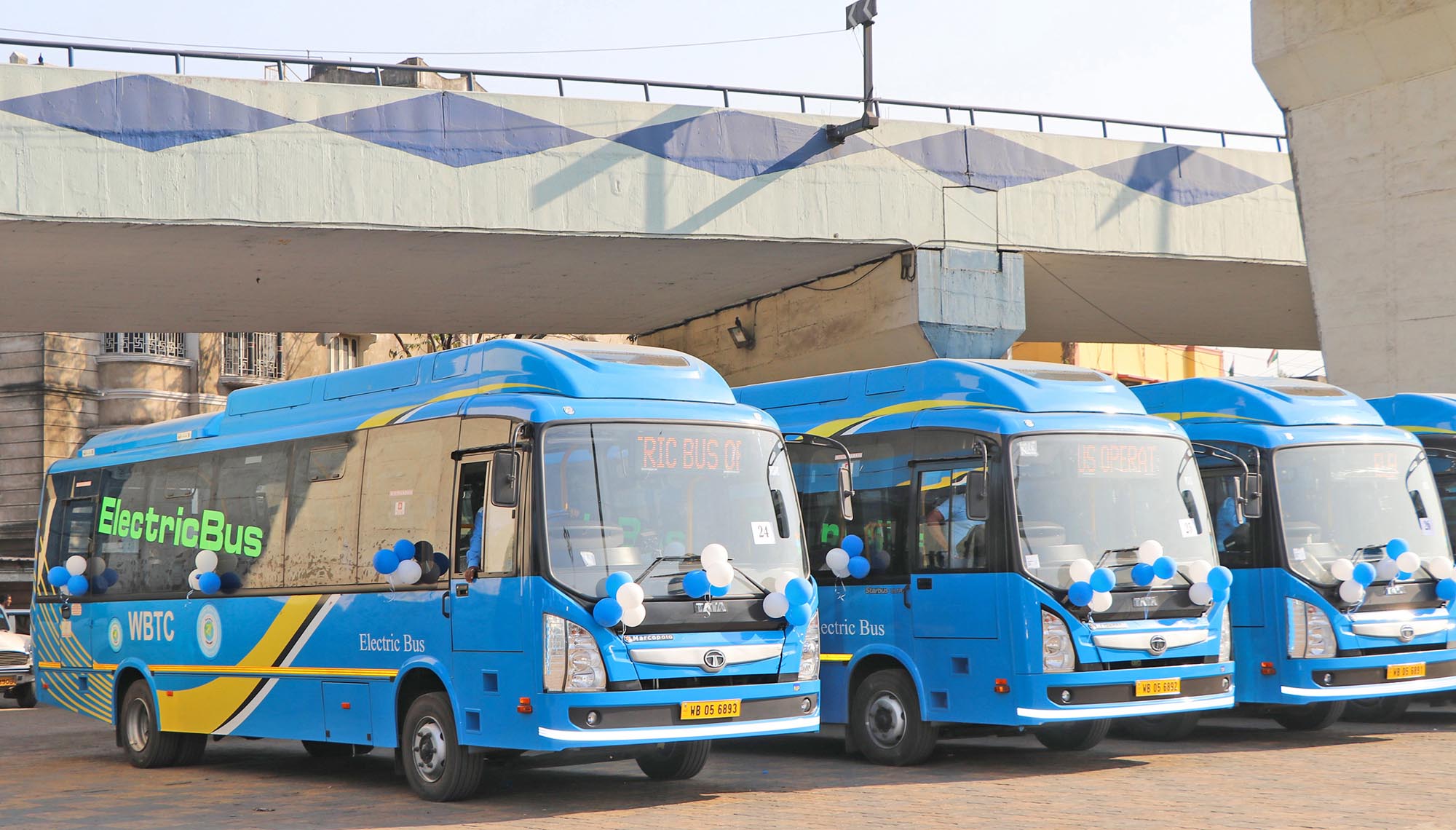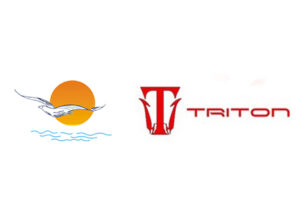By Hemal Thakkar, Senior Practice Leader & Director – Consulting, CRISIL Market Intelligence & Analytics

The transition from internal combustion engine (ICE) vehicles to electric vehicles (EVs) accelerated in India during fiscal year 2023, driven by government policies that incentivized both manufacturers and buyers.
The uptake has been impressive across vehicle segments, as reflected in the share of electric two-wheelers (2Ws) in overall vehicle sales expanding to 4.5% from 1.7% in fiscal year 2022, three-wheelers (3Ws) to 7.6% from 4.3%, and passenger vehicles (PVs) to 1.3% from 0.6%. Additionally, even while the share of EV buses remains at 5.8%, sales increased by 59% year-on-year.
Electrifying drive: How EV sales are multiplying
| 2W | 3W | PV | Bus | |
| FY22 | 2,31,439 | 10,335 | 17,867 | 1,188 |
| FY23 | 7,14,776 | 30,007 | 46,663 | 2,006 |
| Growth | 209% | 190% | 161% | 59% |
Source: VAHAN, CRISIL MI&A Consulting
National-level policies, such as the Faster Adoption and Manufacturing of (Hybrid and) Electric Vehicles (FAME), Advanced Chemistry Cell (ACC), and Production Linked Incentive (PLI) schemes, along with demand incentives and capital subsidies at the state level, have acted as catalysts for EV production and adoption.
Many multinational companies are turning to electric mobility for business transport to meet environmental goals as well. Startups also prefer EVs as they make more business sense compared to ICE vehicles for extensive use. Faster adoption is observed in the Last Mile Mobility segment for both goods and passenger applications.

Fuel efficiency norms (CAFÉ II) have prompted original equipment manufacturers (OEMs) to include electric vehicles in their product offerings. Additionally, the pace of price increases in ICE vehicles due to various emission and safety regulations is helping bridge the gap with EVs.
Furthermore, options like battery swapping, permission to install personal charging stations, and other initiatives by the Ministry of Power and Energy Efficiency Services are assisting the EV industry and buyers in effectively managing energy infrastructure. According to the Bureau of Energy Efficiency’s (BEE) data, as of March 21, 2023, there are a total of 6,586 active Public Charging Stations (PCS) in the country. For the second phase of the FAME-India Scheme, there’s an allocation of Rs. 1000 crore dedicated to the expansion of charging infrastructure. The Ministry has approved 2,877 EV charging stations in 68 cities across 25 states/UTs, along with 1576 stations on 9 expressways and 16 highways under the same scheme’s phase-II.
The PLI scheme for the auto sector, also referred to as Champion OEM, in conjunction with auto components (Component Champion), has a substantial outlay of Rs 259.28 billion. As of the current date, 20 OEMs have been approved under Champion OEM, and 75 applicants have been approved under Component Champion. Companies are set to receive subsidies over five years, but they need to be certified that their product has a minimum of 50% domestic value added to qualify for the subsidy.
Advanced Chemistry Cell scheme applicants
| Sl. no. | Name of applicant | Capacity quoted (GWh) | Status | Capacity awarded (GWh) |
| 1 | Rajesh Exports Ltd | 5 | Awarded | 5 |
| 2 | Hyundai Global Motors Company Ltd | 20 | Awarded, later withdrawn | 20 |
| 3 | Ola Electric Mobility Pvt Ltd | 20 | Awarded | 20 |
| 4 | Reliance New Energy Solar Ltd | 20 | Awarded | 5 |
| Waitlisted | 15 | |||
| 5 | Mahindra & Mahindra Ltd | 15 | Waitlisted | – |
| 6 | Exide Industries Ltd | 6 | Waitlisted | – |
| 7 | Larsen & Toubro Ltd | 5 | Waitlisted | – |
| 8 | Amara Raja Batteries Ltd | 12 | Waitlisted | – |
| 9 | India Power Corporation Ltd | 5 | Waitlisted | – |
Source: CRISIL MI&A Consulting
All these factors are expected to converge and lead to a continued increase in EV penetration up to fiscal year 2028.
EV penetration
| EV Penetration | 2W | 3W* | PV | Bus |
| FY30 | >30% | >50% | 17 – 23% | 20 – 25% |
It should be noted, however, that our forecasts are based on the premise that the government will sustain the provision of subsidies throughout the project period. Considering recent progress, it has become evident that if the FAME subsidy program continues, the trajectory of EV adoption is expected to be sustained. Indeed, this subsidy has been pivotal in incentivizing customers and thereby contributing to the growing acceptance of EVs.
But Challenges Remain
The EV industry is facing a few teething issues, such as financing, battery life, and charging infrastructure. Electric 2Ws and 3Ws have lower loan-to-value ratios, higher interest rates, and shorter tenures, leading to an increase in the equated monthly installment by 50-100%. Nevertheless, the World Bank is evaluating financial products for risk-sharing and making financing available for EVs and charging infrastructure at lower rates.
Approximately 75% of emissions from the road transport sector are attributed to medium and heavy commercial vehicles carrying cargo. Electrification of such vehicles is challenging, as they require large and costlier batteries to transport cargo over longer routes. The availability of charging stations on highways and the extended time required for charging are also constraints. In this context, hydrogen/fuel cell technology could be a solution.
Moreover, the short-term challenge for the EV industry stems from rising battery prices and supply-chain issues. Additionally, while the recently announced changes regarding subsidy allocation under FAME II have provided for funding an additional number of e-2Ws and e-buses, the subsidy for e-2Ws has been reduced to Rs 10,000 per kWh or 20% of the vehicle value, whichever is lower, from Rs 15,000 per kWh or 40% of the vehicle value. This change is likely to exert some pressure on retail sales for a quarter or two.
While adoption rates are growing, the momentum should not be hampered by the lack of infrastructure. Concerns arise when focusing on the state of the charging infrastructure. Currently, there are over 150 cars per EV charger in the country, according to secondary sources. In comparison, the global average is 10-20 vehicles. To ensure the sustained expansion of the market, it is imperative for the infrastructure to expand in parallel. What is even more crucial is that this expansion occurs at an accelerated rate, aiming to narrow the gap. This will ensure that the momentum in EV vehicle sales remains unhindered.
The Road Ahead
Looking ahead, the long-term outlook remains intact, and a slow and gradual withdrawal of subsidies is a structural step in the right direction. On-Board Diagnostic Phase II for ICE 2Ws starting from April 2024 and enhanced localization in e-2Ws will further help narrow the gap.
Furthermore, the Insurance Regulatory and Development Authority of India has mandated discounted third-party liability premiums. Insurers, on their part, have linked the premiums for EV products with the OEMs and are exploring solutions to address the different types of products (with/without detachable batteries).
Options such as longer-term battery warranties and assured buyback at a certain value will boost the confidence of financiers and customers in terms of resale value. Resale of EVs is expected to gain momentum about four years from now, as the current purchases become available for resale in the used-vehicle market.
Electric buses are also expected to see significant adoption as they will now be available to state transport undertakings under a gross cost contract model, in contrast to the allocated quota under FAME II.
By fiscal year 2030, CRISIL MI&A Research projects the share of EVs to rise to over 30% in the 2W segment, over 50% in the 3W segment, 17%-23% in the PV segment, and 20%-25% in the bus segment. Supporting all of this is a rapid increase in the localization of EV production, which is expected to reach nearly 80% over the next 3-5 years.
On the policy front, the Union Budget for 2023-24 has exempted customs duty on capital equipment for battery manufacturing, which will complement the PLI scheme for Advanced Chemistry Cell and help in faster localization of battery cells at an optimal cost.
Clearly, the momentum across the chain will propel India to become a leader in this sphere.





